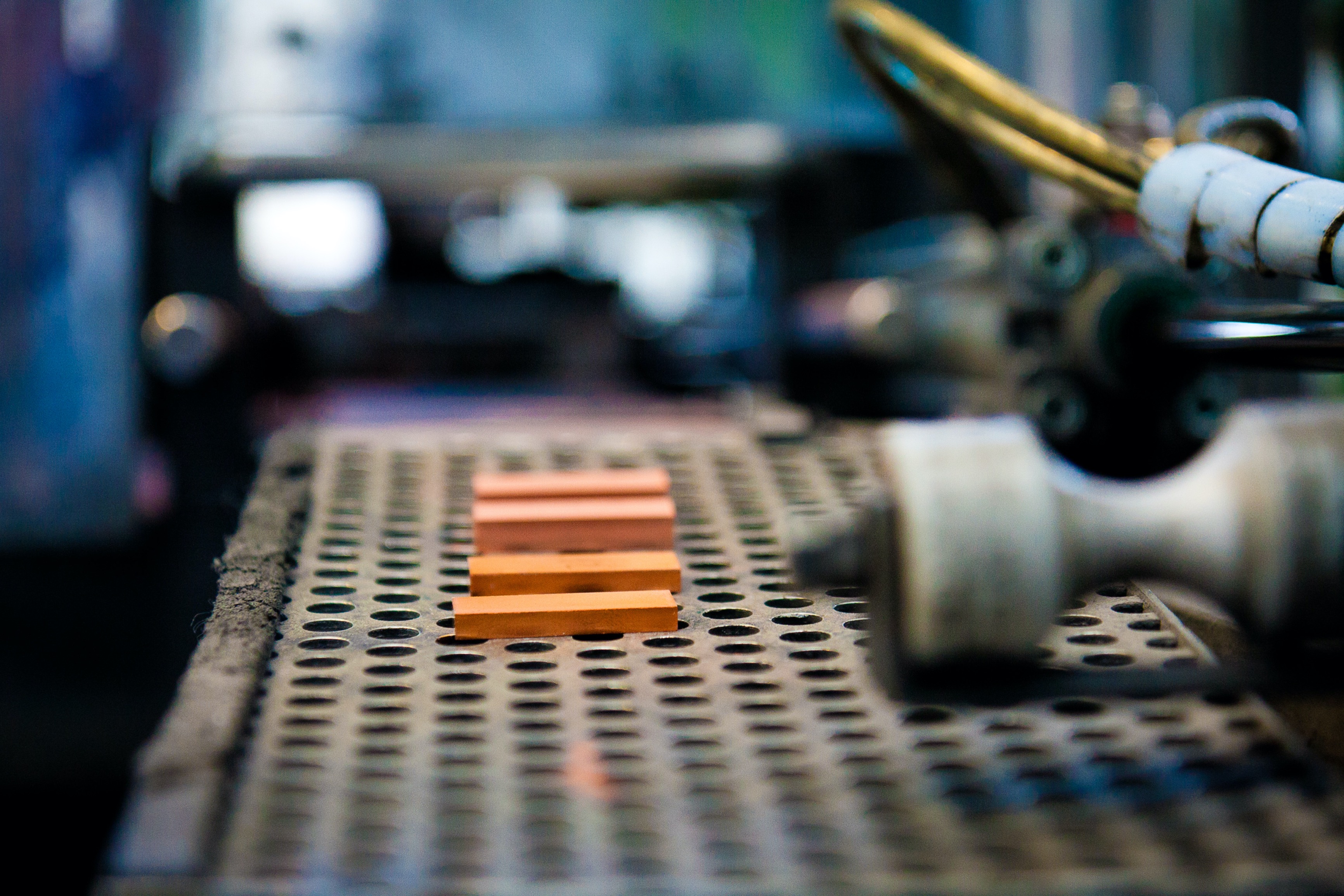High Entropy Alloys are materials consisting of several alloying elements with (almost) the same share in the alloy. In material science and materials technology, a great deal of research is currently being done on them, since theoretically all imaginable material properties can be realized with them. Previously, alloys consisted of one or two base materials which were improved in their properties by adding smaller amounts of alloying elements. An example would be the significance of carbon added into steel. High-entropy alloys can, for instance, combine the TRIP and TWIP effects in an alloy.
Alloy by design
Conventionally, a main element (e.g. iron, aluminum, copper) is selected for the alloy design according to the desired basic characteristics. These elements are then improved by integrating small amounts of other elements, which can also add other properties to the alloy. Of course, there are already binary alloy systems in which the amounts of alloying components are almost equal (see Pb-Sn Lote). However, research in the area of phase diagrams has so far focused on two- and three-phase systems and mainly on the margins or vertices, therefore few knowledge exists about the middle regions of the phase diagram. Since systems with four or more components also still cause display problems in two-dimensional space, even less is known about these systems.















